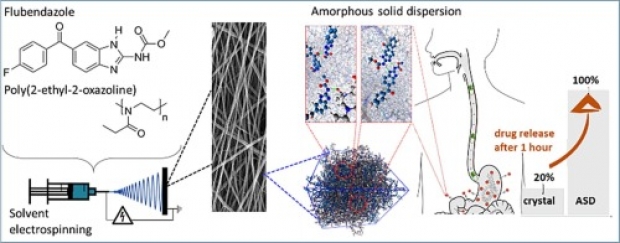Confined hot-pressurized water in Brønsted-acidic beta zeolite speeds up the O demethylation of guaiacol

Abstract
Biorefinery technologies that convert lignin into platform chemicals are essential to reduce our future dependence on fossil resources. In these technologies, a key process is the acid-catalysed O demethylation of guaiacol derivatives in hot-pressurized water using Brønsted mineral acids or microporous zeolites. The fundamental understanding of how hydronium ions behave in a confined environment versus bulk is still limited. Here we investigate the O demethylation of guaiacol in hot-pressurized water with HCl or H-BEA zeolite catalysts to elucidate the impact of zeolite microporosity on reaction mechanisms and rates. Operando molecular simulations combined with experimental kinetic studies reveal that, regardless of the catalyst type, O demethylation follows a concerted O-activated SN2 mechanism. The reaction rate is higher in the zeolite due to more active, under-coordinated hydronium ions. Additionally, the molecular organization of solvent and reactants around the confined active site plays a crucial role in modulating the association of the reacting species and the reaction kinetics.


 Open Access version available at
Open Access version available at